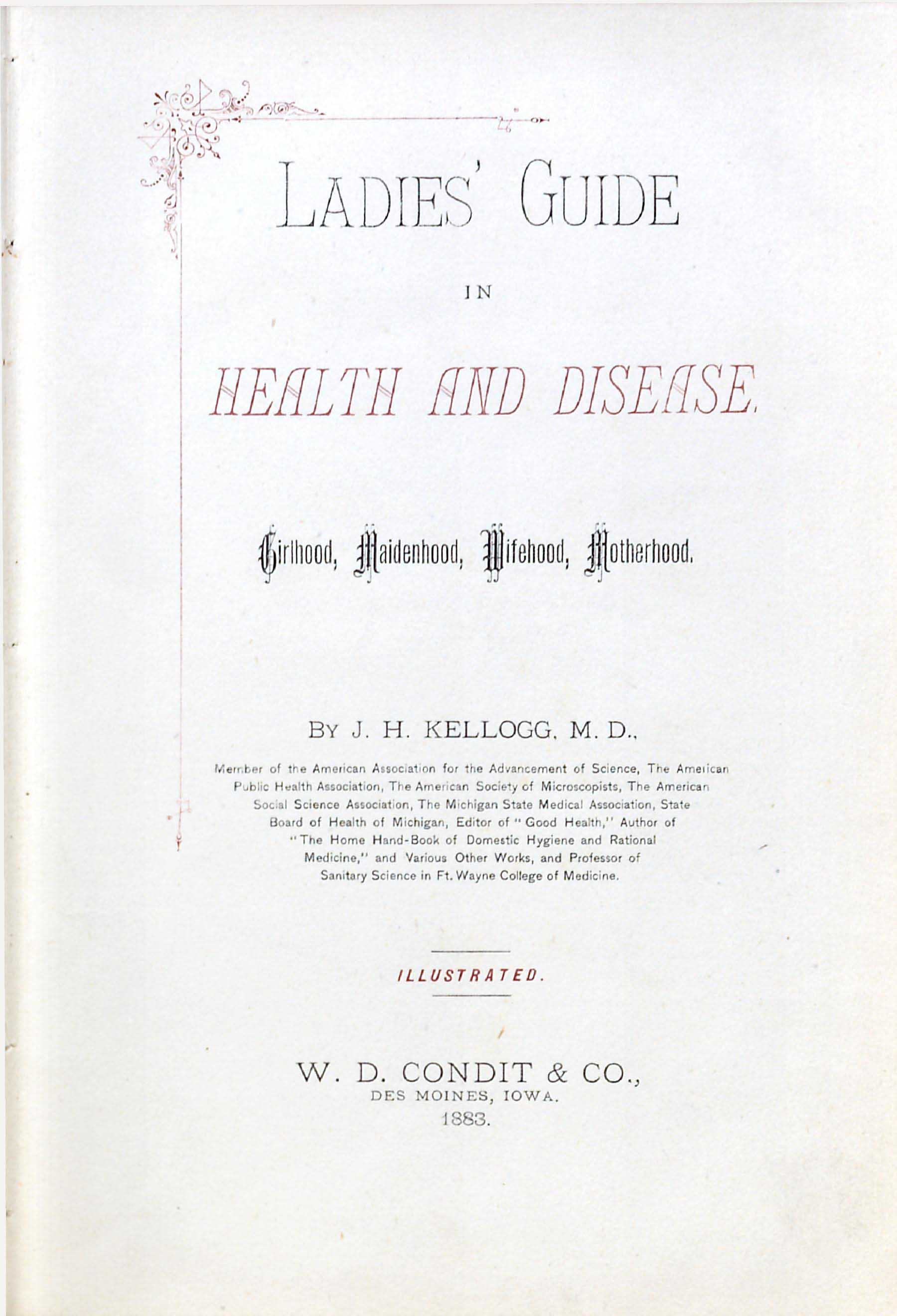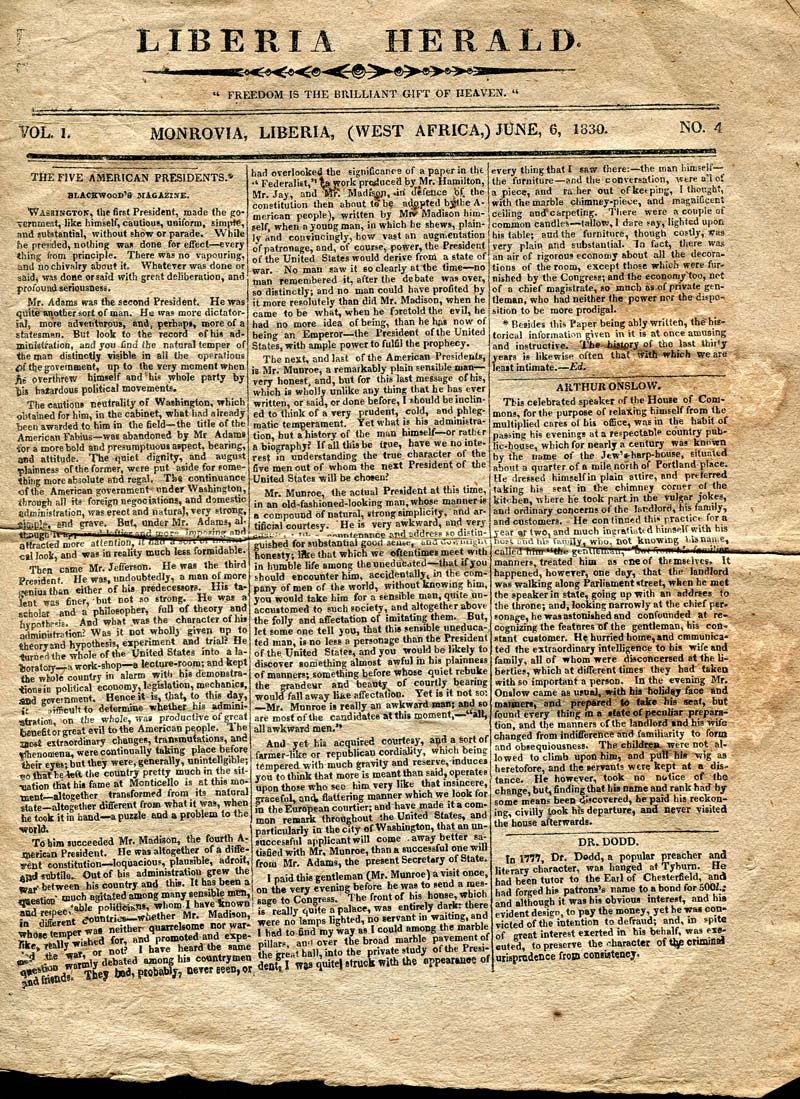 I have an interest in War of 1812 material, especially as we are approaching its bicentennial in 2012–but I also like sources which were created and used “on the ground,” so to speak, by working people.
I have an interest in War of 1812 material, especially as we are approaching its bicentennial in 2012–but I also like sources which were created and used “on the ground,” so to speak, by working people.
I found this bound set of issues of Grotjan’s Philadelphia Public Sale-Report, issued weekly, which contained “prices current” on the commodities which were “imported in Philadelphia, Baltimore, New York, and Boston.” It also listed the prizes (i.e., ships legally seized and sold for profit via privateering) taken from the British, and gave useful definitions of the commodities listed. These could be rather long essays, and very helpful to a merchant or importer who was thinking about dealing in this or that commodity. The description of cotton runs on for three issues. A shorter example is the following entry on “feathers” (Dec. 20, 1813 issue):
The feathers of birds make a considerable article of commerce, particularly those of the ostrich, heron, swan, peacock, goose, and other poultry; for plumes, ornaments of the head, filling of beds, and writing pens. See Quills. There are scarce any birds, but what Bed-Feathers may be procured from, particularly those of the domestic kind; yet swans, geese, and ducks are those that furnish most, and the best. Geese are plucked three times a year; towards the end of May, about Midsummer, and at the latter end of August; but chiefly when the feathers are ripe, that is, when they are perceived to fall off of themselves. The feathers of dead birds are in the least esteem, upon account of the blood imbibed by the quill, which putrefying, communicates an offensive smell to the feathers, and takes some time to evaporate; for which reason live birds should not be stripped till their feathers are ripe. Feathers are imported in this country from Poland, Germany and Russia. They are divided in white, half-grey, and grey; and value accordingly. The best feathers should be white, downy, void of large stems, fresh and sweet. Care should be taken that no sand be intermixed, which is frequently practiced to increase the weight. Ostrich feathers are dyed and dressed by the Feather-dressers, to serve as ornaments. They are a very costly article, brought to us from Africa, and particularly the coast of Barbary. Most of the prepared feathers used for ornament are manufactured in France and England, and imported into this country in that state. The variety resulting from the dictates of fancy is so great as to preclude particular description; the duty for ornamental feathers is 32.5 per cent ad valorum in American and 37.4 per cent in foreign vessels.
The Watkinson has a limited run of the print version (May 1812-May 1814), but the Library subscribes to the fuller run (1812-1820) online, through our subscription to America’s Historical Newspapers. You can get to the online version here: http://library.trincoll.edu/voyager/shortcut.cfm?BIBID=891420.
Here is some info on Grotjan, taken from the American Philosophical Society’s website:
Born into a well to do mercantile family in Hamburg, Germany, Peter Adolph Grotjan (1774-1850) had already gained considerable commercial experience before he decided to emigrate to the United States at the age of 22 to take advantage of what he saw as the greater opportunities. Settling in the nation’s capitol, Philadelphia, drew upon his connections in Hamburg for consignments and quickly cultivated working relationships with a number of local merchants. Within two years of his arrival, Grotjan’s stock had risen, figuratively, and he had established himself as a young entrepreneur. He formed a brief partnership with another young merchant, F. H. Holtzbecher, which developed into a joint venture running a store in Reading. Although the arrangement lasted for only a little over a year, Grotjan gained his first taste of Democratic politics in Reading and using his connections, he and Holtzbecher established connections with a clientele that reached across the state and beyond. After the amicable dissolution of his partnership with Holtzbecher, Grotjan returned to Philadelphia to resume business on his own. Despite a series of financial setbacks during the first decade of the 19th century caused by the defaulting of a few of his debtors, Grotjan’s trade expanded into the interior of Pennsylvania, and eventually to the ports on the Atlantic seaboard and the Caribbean. From 1812 to 1822, he published a commercial newspaper Grotjan’s Philadelphia Public Sale Reports, using his position as an entree into Democratic Party politics. So committed was he to the party that he named his third son Thomas Jefferson Grotjan. Although Grotjan never held major public office, he helped found the Philadelphia Hickory Club in 1822, was involved in local elections, and twice served as Philadelphia County auditor, 1828-1836 and 1841-1844.
See: http://www.amphilsoc.org/mole/view?docId=ead/Mss.B.G913-ead.xml;query=;brand=default#bioghist
Tags: Browsing the Stacks
 In the Watkinson we have a copy of Memoir of the Northern Kingdom, by William Jenks, possibly the first American fantasy tale. It appears from its title-page to be a collection of letters written from the Rev. William Jahnsenykes to his son in 1872, and published in 1901 in “Quebeck.” This was actually written by Jenks (1778-1866), and published in Boston in 1808.
In the Watkinson we have a copy of Memoir of the Northern Kingdom, by William Jenks, possibly the first American fantasy tale. It appears from its title-page to be a collection of letters written from the Rev. William Jahnsenykes to his son in 1872, and published in 1901 in “Quebeck.” This was actually written by Jenks (1778-1866), and published in Boston in 1808.





